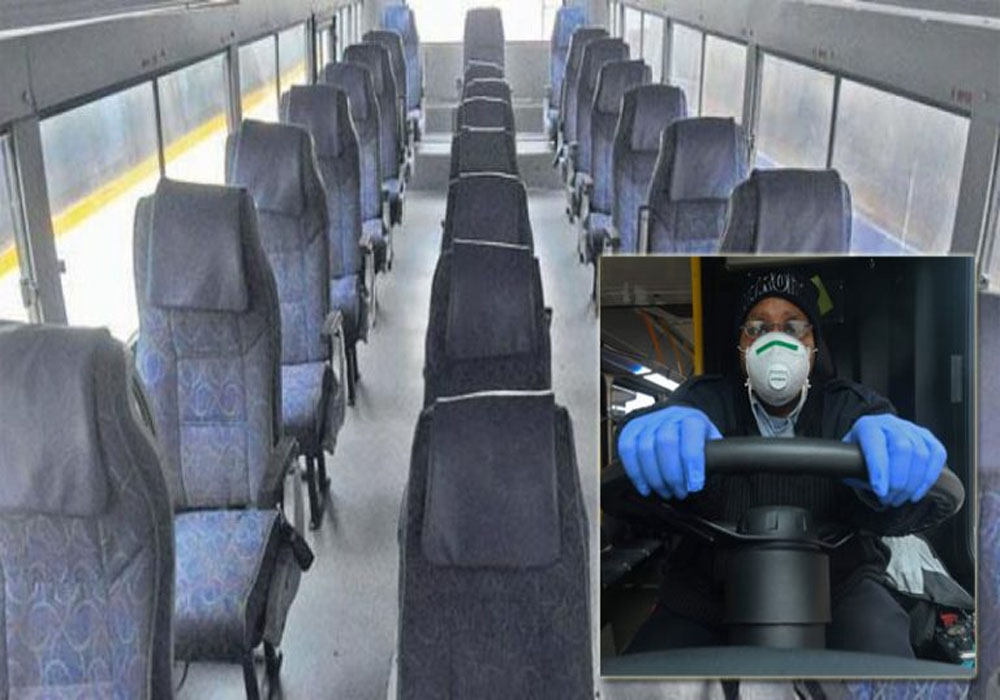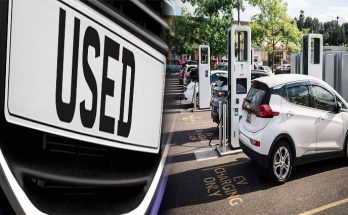Social distancing and mass transit or bus tour are two terms which, directly speaking, do not go together at all. However, even as the COVID-19 pandemic pressured cities around the world to introduce strict physical distancing protocols, many of them required vital staff to sustain public transit services. Of course, holding transit open and maintaining the health of riders and employees requires comprehensive adaptations. Authorities have taken both steps to limit non-essential travel and to divert some of the remaining demand to non-motorized or personal modes of transport. As a result, a substantial decrease has been seen in the number of public transport drivers. According to recent figures on Norskeanmeldelser.no and FlixBus, the number of passengers in cities around the world is down 70 to 90%.
Emergency measures: Public health crisis response
To ensure the health and safety of transportation authorities, operators, and international organizations worked together to devise and introduce a broad range of COVID-19-specific emergency measures, which we have divided into two categories.
The first set of interventions aims at reducing the possibility of contagion:
· Disinfection
Effective and regular cleaning procedures have been introduced by public transit agencies to disinfect their rolling stock and facilities, from offices to depots, stops, and stations. Some also provide consumers and staff with hand sanitizers and compact hand washers.
· Physical Distancing
It involves practical measures to reduce turnstile and boarding platform bottlenecks, as well as to shield drivers and station staff with screens or shields.
· Communications
For example, operators have placed signage around their networks to prevent excessive movement, put down floor stickers to indicate correct spacing, and show details about how to access medical assistance.
· Contact Tracking Technology
Many transportation networks rely on digital tools to assist in identifying potentially infectious individuals and those in touch. Online pre-trip booking system and voluntary on-board check-in with QR codes have been set up by Beijing’s subway, offering a fascinating example of how to enhance traceability and rising passenger density as cities reopen.
The second group of interventions aims at adapting the transport operations themselves:
· Service Adjustments
Plummeting ridership requires rapid adjustment of service schedules (frequencies, running times, number of routes) to ensure that service delivery can be trimmed less critical while improving essential services to reduce overcrowding.
· Enhanced Access for Health Care Providers and Other Critical Workers
Multiple programs have added or improved services to link health employees to medical facilities easily (e.g., dedicated shuttle buses between transit stations and hospitals).
· Shifting Commuter Traffic from Public Transport to Other Modes
Some cities have developed convenient and accessible alternatives to restrict the usage of public transport during the pandemic. This includes emergency bike lanes and free bike-sharing or rideshare systems for health care personnel and other critical workers.
For the bus tour to be able to beat COVID, all the above measures must be followed strictly and adhere to. Both the bus tour company’s operator and various passengers should be careful despite all the precautions on the ground.





